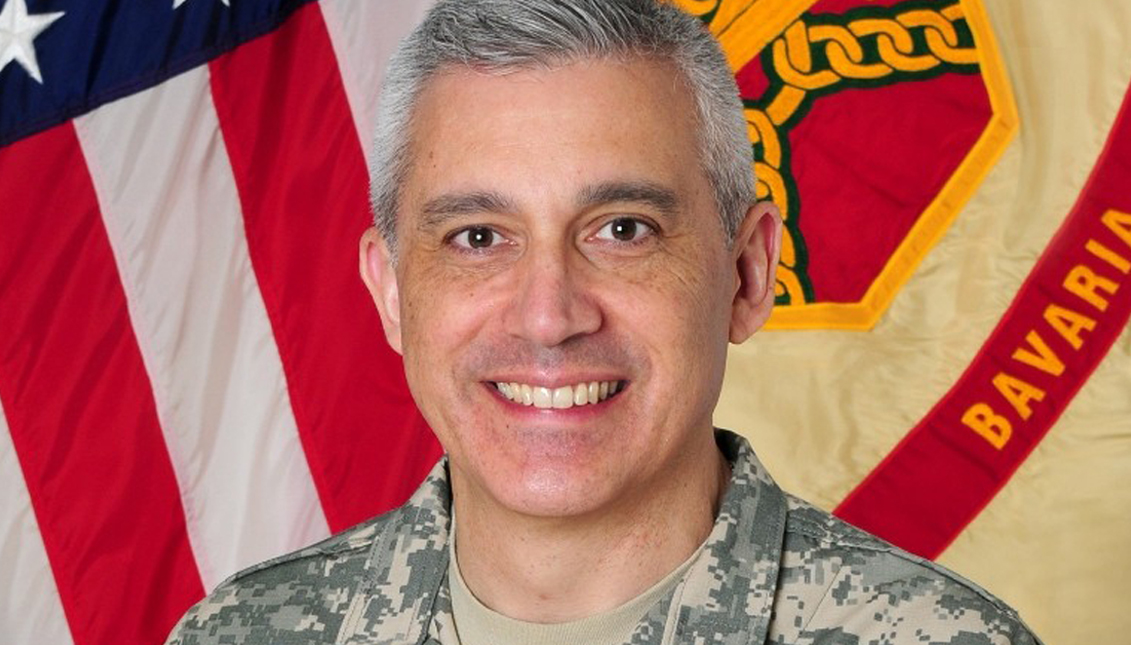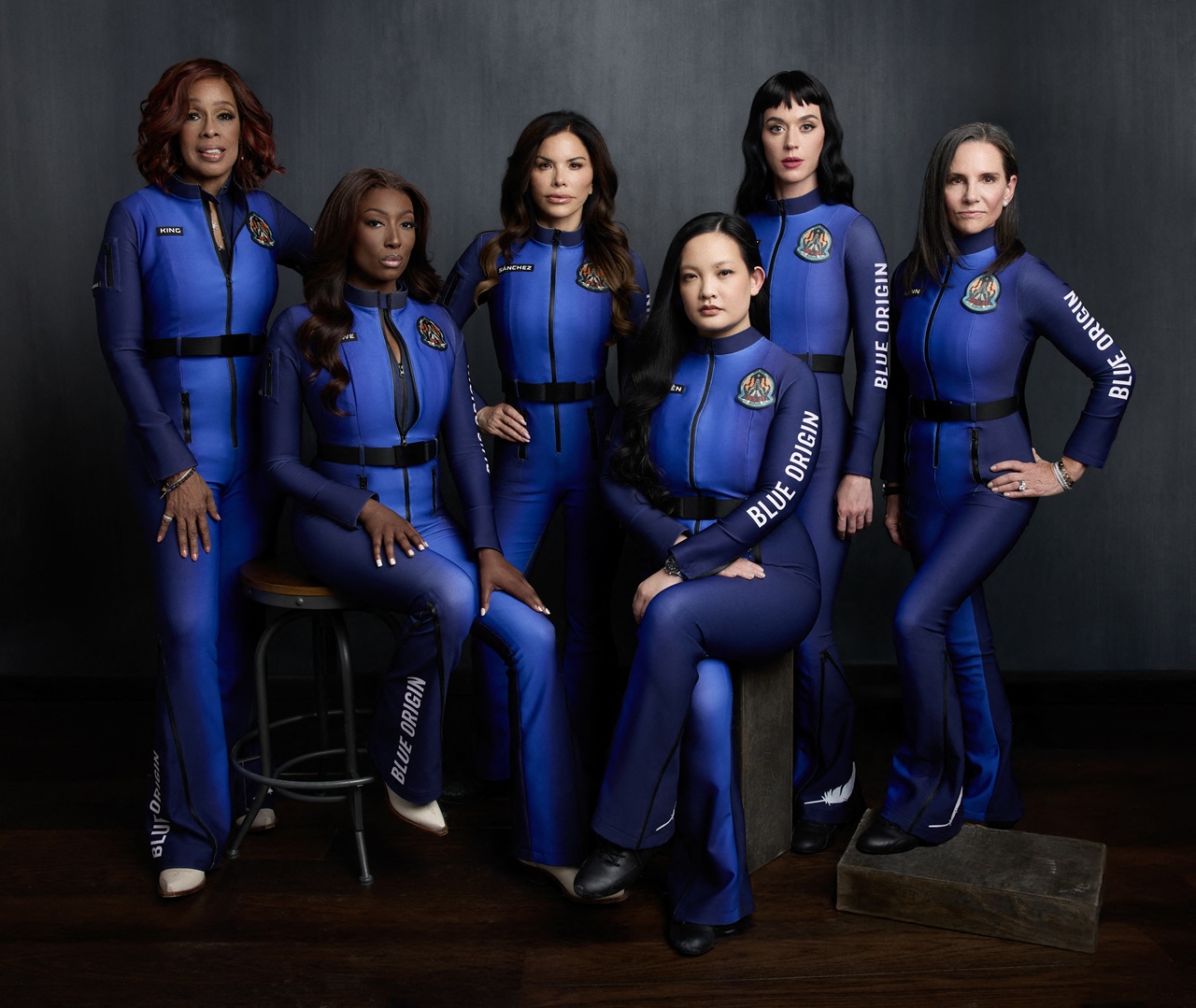
Latinos make up 17% of all enlisted military members, but only 8% in leadership. How can that change?
Colonel James “Jim” Saenz from the HVLA comments on the underrepresentation of Hispanics in the military and offers solutions.
President Joe Biden promised to have a cabinet that “looks like America,” and out of the heads of the 15 federal departments, four of them are Latino.
Only four departments in the country’s history have never been led by a Latino, but two of them relate to American service members. These are the Departments of Defense and Veterans Affairs.
This is partially down to the fact that although Hispanics account for nearly a fifth of the U.S. population, they hardly hold high ranking positions in the military.
Underrepresentation of Hispanics within the military has been a longstanding issue and AL DÍA recently talked with an expert on the matter.
Colonel James “Jim” Saenz retired from the military in 2017 after serving in the U.S. Army for 30 years. His operation experience has taken him all over the world, from Operation Desert Storm in in the Gulf War to forming part of counternarcotics missions in Central America.
The Los Angeles native recently joined the Hispanic Veterans Leadership Alliance (HVLA) as an executive director.
Saenz says that he works with senior leaders from all branches of services to advocate for the appropriate and proportional representation of Hispanics through all ranks of service, but especially at the senior levels.
He gave an overview of how grave the disparities get in the military.
“Hispanics reseprent about 17% of the enlisted population, which is on par with what we believe is the population within the United States. However for a very long time, Latinos have only been 8% of the officer corps, 8% of the civilian employees at the Department of Defense and only 1% at the general officer and admiral level,” Saenz said.
HVLA believes that the demographics of those serving should be consistent with the demographics of the leaders.
Other races do not endure the same level underrepresentation that Hispanics face.
According to data from the Congressional Research Service, African-Americans represent 13.7% of the U.S. population between the ages of 18 and 64, yet they make up nearly 17% of all enlisted members and 8% of the general officers.
Biden also made history this year by nominating the first African-American to be Secretary of Defense, Lloyd Austin III. The four star general was confirmed by a vote of 93 -2.
The current statistics makes the HVLA executive officer reluctant to support methods like mandatory military service to improve these numbers because at the entry level, the military is fairly representative of all races and ethnicities in the country.
The main thing to tackle for him is moving people up the ranks.
“I would like to think that we can inspire our youth enough to want to do that on their own without having to make it mandatory… We need to do a better job of showing the Latino community that there are opportunities to grow as a person or professional through the military and opportunities to advance to the higher levels of the military,” Saenz said.
He continued to say that the lack of Latino leaders makes many get out at the mid-grade level because they do not see a future where they can reach those elevated positions.
Saenz explained that the Department of Defense believes there is a struggle to recruit Latino members, but he sees retention as the main driver of the low numbers that were previously mentioned.
With the current administration’s decision to pull all troops out of Afghanistan by Sept. 11, 2021, 20 years after the conflict started, the retired colonel sees an opening to further his group’s mission.
“Maybe there’s an opportunity here for us to help the Department of Defense refocus on some mentoring programs, professional development programs, some retention initiatives to help them develop the Latino community within the military and help it grow,” he expressed.
America’s presence in Afghanistan over the last two decades has cost the nation’s taxpayers nearly $1 trillion, according to a Brown University study.
RELATED CONTENT
Now funds can be used to ensure that the military is being more inclusive in their selection process and to invest more in recruiting from Hispanic communities.
Part of the selling point to enlist people of all backgrounds could be to highlight the skills that someone could acquire through the military that are transferable to the civilian world.
Saenz shared an anecdote about the military training qualified professionals that prepares them for any path they choose to take.
“We have wonderfully trained medics, probably better than any EMT out there, but they didn't have the EMT qualification. We trained and certified them within the military at a higher level, but when it was time to get out, that didn’t transfer to the civilian credentials. Now, we make them get the civilian certification while still training them at a higher level,” he said.
Many would think that serving in the military is among the most American things someone can do because they are defending the colors of flag.
Despite this, there have been veterans deported to their birth country that now feel betrayed by the country they fought for.
The HVLA has partnered with the League of United Latin American Citizens (LULAC) to address these unfortunate cases.
In most circumstances, these veterans were not deported without reason but it may have been because of legal trouble that they got themselves into as a result of acting on PTSD or other mental health disorders that they developed during their service.
Saenz expressed what he hopes the combined efforts of both organizations can accomplish.
“We certainly want to support and assist those veterans who have been deported by having the military relook at those cases… having a consistent effort to help those we brought in to serve our nation on green cards becomes a citizen before they depart the military,” he said.
Most of the time, these deported veterans left their whole family behind and if they are caught after reentering the country illegally, they could face being deported for life.
They are relying on groups in the U.S. to lobby for them in Washington D.C. so they can see their families again and return to the country they served.











LEAVE A COMMENT: